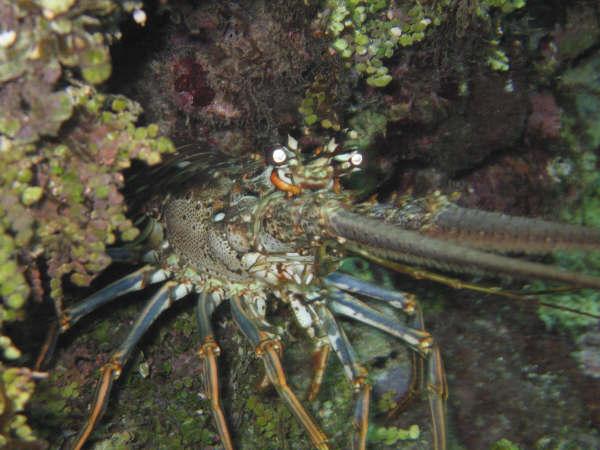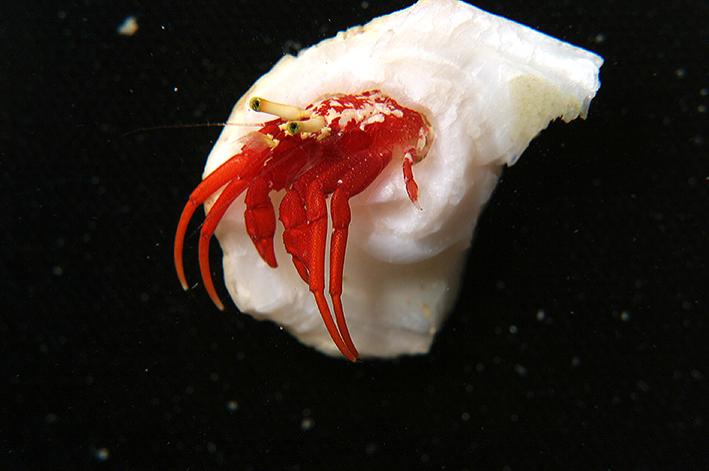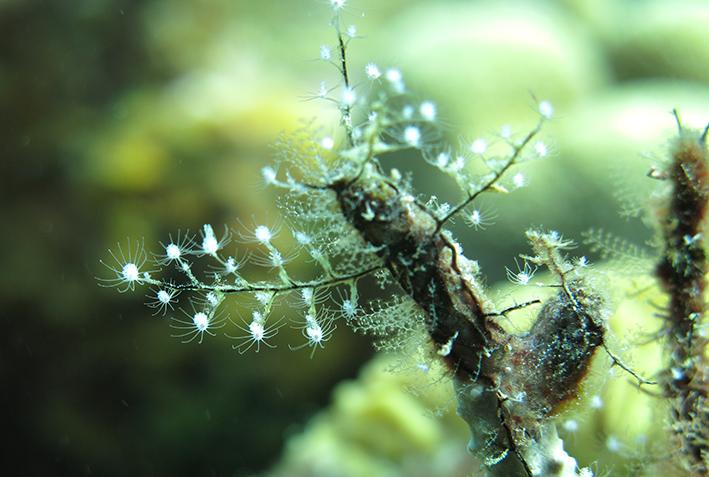©Copyright 2018 GEOSCIENCE RESEARCH INSTITUTE
11060 Campus Street • Loma Linda, California 92350 • 909-558-4548

The number of different kinds of living organisms is one measure of biological diversity, or what has become known as “biodiversity.” Our world’s oceans have the highest known biodiversity, second only to the number of species found in the tropical rainforest.

However, if we consider the potential number of undiscovered species in marine systems, it’s likely that our oceans would come out on top as the environment with the greatest number of species on the planet.
While more than 70% of Earth is covered with water, much of the vast expanses of ocean have relatively few species. Instead, much of the known biodiversity in our oceans is found in special areas that cover less than one percent of the ocean’s floor – coral reefs[i]. This is because although the vast areas of the ocean have plenty of space, they’re a little like deserts when it comes to the nutrients animals at the lowest level of the food chain need to survive and grow. In contrast, coral reefs are like oases, where nutrients are plentiful, but space is hard to come by. With so many organisms, from microscopic bacteria and algae to sea turtles

and hammerhead sharks, reliant on these important nutrients, there’s always lots of competition for places to live in coral reefs. But, there’s cooperation, too! Among other things, both competition and cooperation provide us with spectacular views of so many species of organisms (that high biodiversity) in these coral reef oases.
Still, we know relatively little about the number of species in coral reefs, and only very recently about the biodiversity of the deep ocean floor. For instance, we know of about 7,200 species[ii] of single-cell marine algae (known as phytoplankton), many of which are caught and eaten by microscopic predators (known as zooplankton, some of which are the larval, or baby, stages of larger animals), of which there are an estimated 50,000 species![iii] We know something about a great number of the groups of animals that live in and around coral

reefs, as well. For example, there are about 11,000 known species of corals (which are animals, not plants) and their relatives (the jellyfishes and anemones) in existence today[iv].
One of the largest known groups of ocean organisms is the Molluscs (the snails, sea slugs, chitons, and octopuses) of which there are some 100,000 described species (although not all of these live in the ocean), along with another 70,000 that are now only known from the fossil record[v]. There are several groups of marine animals that are made up of large numbers of species. One of these is the Superclass Crustacea, with a whopping 42,000 living species[vi], including the crabs, lobsters, shrimp, and the barnacles[vii].

With so many species living in our oceans (and many more which have yet to be discovered)[viii], we can see that our oceans are places of amazing diversity, beauty, and discovery. However, humans are taking a toll on these ocean systems with our input of chemical and plastic pollution. There are some places in our oceans where plastic fragments now make up a large amount of materials zooplankton and small fish are eating every day[ix]. Plastic pollution in our oceans and washing up on our beaches has become so wide-spread, it now accounts for the death of many marine animals and oceanic birds, even in places where no humans live[x].
It’s time for each one of us to stand up for our fellow creatures that live in the oceans. As stewards of the creation, let’s not simply talk about believing in creation, but work together to care for creation in ways we’ve been entrusted to do so from the beginning[xi]

______________________________________________________________
Stephen Dunbar
Loma Linda University
______________________________________________________________
[i] http://www.noaa.gov/features/economic_0708/coralreefs.html
[ii] Castro, P. & Huber, M.E. 2010. Marine Biology, 8th Ed. McGraw-Hill New York, NY.
[iii] Ibid
[iv] Pechenik, J. A. 2015. Biology of the Invertebrates, 7th Ed. McGraw-Hill New York, NY.
[v] Ibid
[vi] Ibid
[vii] Yes! Barnacles are closely related to crabs and shrimp, even though they were once thought to be more closely related to snails, and were classified as molluscs up to 150 years ago.
[viii] Some recent estimates place the number somewhere between 700,000 – 1 million. See, for instance, http://blogs.nature.com/news/2012/11/hundreds-of-thousands-of-undiscovered-marine-species-await-discovery.html
[ix] http://www.ted.com/talks/capt_charles_moore_on_the_seas_of_plastic?language=en
[x] http://pacificvoyagers.org/midway-atoll-the-plastic-plight-of-the-albatross/
[xi] Genesis 2: 8 – 15